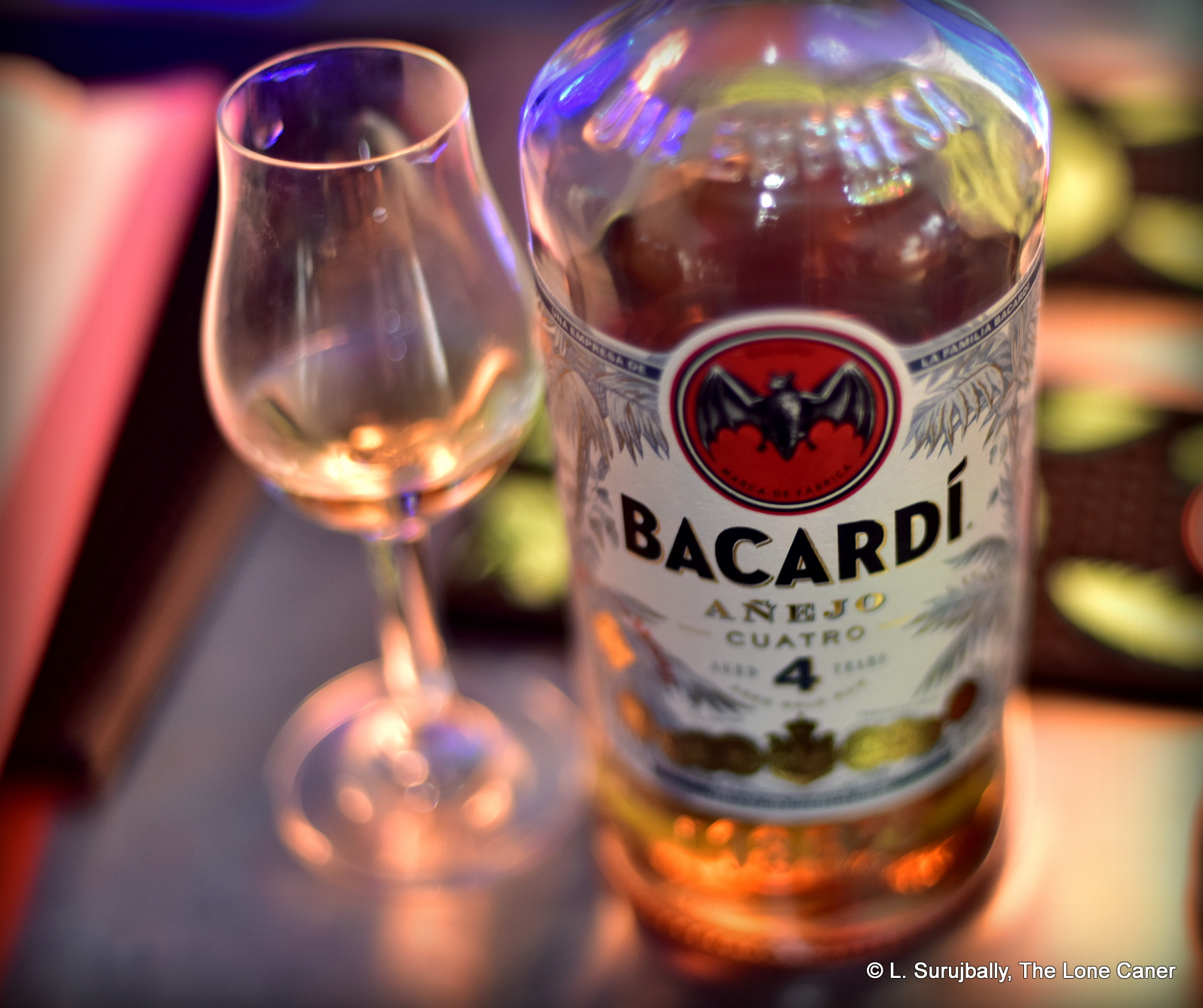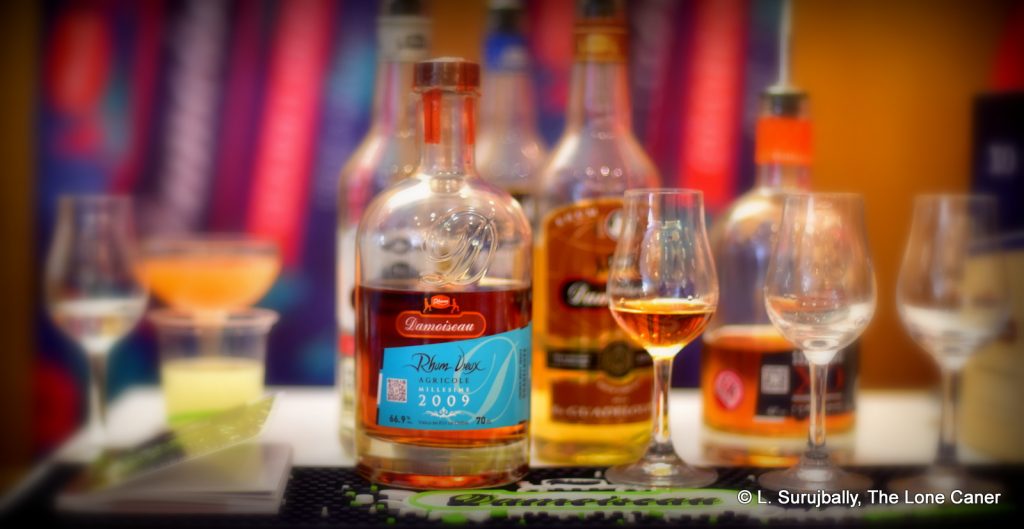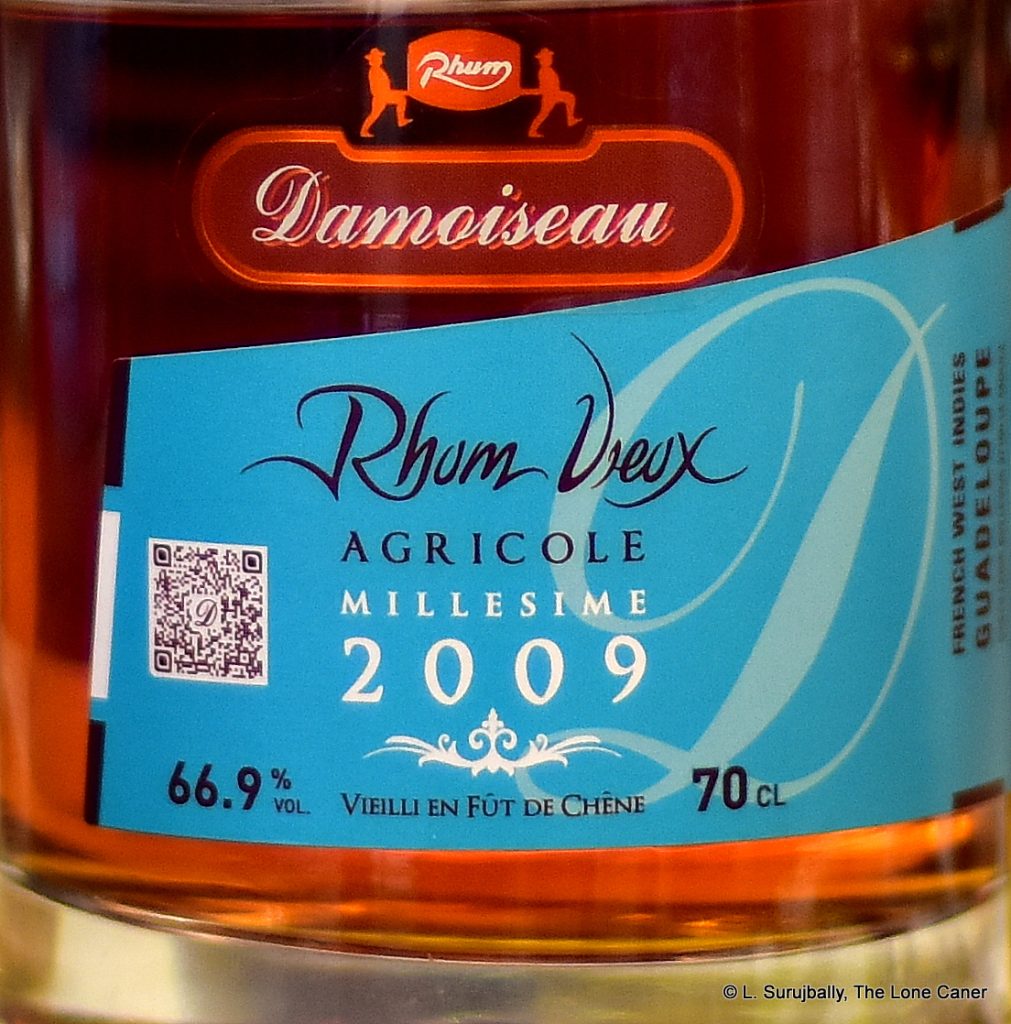Rumaniacs Review #141 | 0953
For a distillery whose founder had a not inconsiderable impact on craft distilling in the state of New York, it’s a shame they stuck with a product that has no end of local competition and is at best reviewed with occasional praise, mostly indifference and sometimes outright disdain: whiskey. And yet they produced a rum or two at one time; and one of them, this rum, while no great shakes, suggested that they had potential and to spare had they stuck with it. Maybe.
This is a pot still, blackstrap molasses based rum (for what it’s worth, blackstrap molasses is the kind that has the most sugar already removed from it and is characterized by an almost bitter taste and thick consistency; it’s also the cheapest). The age is unknown but I think it’s around 2-3 years old, and my perhaps unfounded supposition is that after William Grant injected some capital into the company in 2010 (see historical details below), they wanted to add to the portfolio, and made this 1,000-bottle rum in 2012 to commemorate the Roggen brothers who were Huegenot dry-goods merchants and spirits dealers in the area back in the day. There was also a Hudson River Rum at 46% made at around the same time, and these two products are the only rums I think the company ever made.
Strength – 40% ABV
Nose – You can still taste some molasses, brown sugar and licorice here, also some sweet fruit which remains, faint, dull and relatively unadventurous. Cherries, orange peel, caramel, some vanilla. It’s paint by the numbers time. Not bad…just not exciting.
Palate – Vanilla, some apples and raisins, a little licorice and bitterness, and a twang of brine. Brown sugar, caramel, molasses, unsweetened chocolate, and that’s stretching. Essentially, there’s not much going on here. It’s not precisely rough or uninviting, yet the sharpness and youth makes it a drink to have with some care.
Finish – Hardly anything to report on. Vanilla, some very light fruit, toffee, licorice. That’s about it.
Thoughts – Roggen’s, for all its positive marketing and enthusiastic blurbs on various online stores where it remains to be found (which by itself should tell you something since it was made in 2012), is a rum stuck in time, the sort popular ten years or more ago: punchy if you have it first thing in the morning, but hardly new and or different. It’s a drowsy sort of everyman’s hooch that you could care less about while drinking it, and forget a half hour after it’s done: not because it’s vile, or even poorly made — I have to acknowledge the competency of the distillery in not making an unmitigated disaster — but simply that while the rum is not entirely boring, it’s neither more nor less than just a lot of nothing much in particular.
(76/100) ⭐⭐⭐
Other Notes
- My thanks to Jazz and Indy Anand of Skylark Spirits, at whose house in London I pilfered the bottle and did the review notes earlier this year. This is not a brand in their distribution portfolio, but something I think Jazz picked up on one of his trips to the States.
- The historical society of New Paltz was involved in making the rum, which I think is some kind of commemorative or promotional bottling, hence the limited outturn of 1,000 bottles.
So, the company story, then, if this intrigues you. Tuthilltown Distillery was founded in the upstate-NY township colloquially known by that name (after a Mr. Tuthill who founded a grist mill there in 1788), but is formally called Gardiner. It was itself established by fleeing Huguenots who settled in the area in the mid-1600s and also established a small town slightly to the north called New Paltz. It was a thriving town by the mid-1700s, and it is useful to know that a pair of Swiss brothers – Francoise Pierre Roggen and Johann Jacob Roggen – emigrated there in 1749 and became merchants of some note.
In the current century, Ralph Erenzo, a retired professional rock climber, acquired a property of 36 acres there in 2001, intending to build a B&B, but this never came to fruition because locals kept denying the construction permits. However, Ralph discovered an obscure 2000 law on the books that allowed local micro-distilling at a greatly reduced licensing rate ($1,500, from a previous sum of $65,000) — so long as production was less than 35,000 gallons a year. And so in 2003, with an engineer called Brian Lee (who had come to him looking to use his facilities to make artisanal flour) he shifted to booze, and founded Tuthilltown Spirits by converting one of the mill granaries to a micro-distillery. It was the first new distillery built in New York since Prohibition. Two and a half years later, they produced their first batches of vodka from scraps collected at a local apple slicing plant, and had plans for whiskies. 1
As all good Americans micros do, the distillery went all-in on any distillable booze they could: eau de vie, brandy, absinthe, infusions, vodka, rye, bourbon, gin, and, of course, rum, you know the drill. But it was whiskey that commanded their attention and much like Amrut did, knowing the quality of their product, they did small bar tastings in Paris (yes, Paris) and got a distribution deal with la Maison du Whiskey, aside from whatever small sales they had in-state. This in turn brought them to the attention of William Grant & Sons out of Scotland, who bought the brand (but not the product) in 2010 and injected some much-appreciated capital into the company to improve infrastructure, marketing and distribution; in 2017 they bought the entire thing. At this point they dispensed with all the other spirits and switched entirely to the branded Hudson Whiskey and its variations. And this is why the website for Tuthilltown is dead, while Hudson Whiskey’s is alive and well and why no reference on the latter site will even mention that they once were a smorgasbord of all things intoxicating, including rums.
Opinion
The fact that it’s topical newsmagazines that provide the background to the distillery, the name, the history and the rum’s titling — I searched through quite a few archival documents and websites to find the details used above — explains something of my frustration with distilleries who have no sense of their own history or respect for what they have done in years gone by. Granted Tuthilltown is not rum focused, but surely a listing all the products they have made in their existence should be easily available somewhere. This indifference to their product development and past roster, even if discontinued is simply bewildering. I mean, they made it, they labelled it, they sold it, it’s part of who they are…why pretend it doesn’t exist?
I hasten to add that this is not an exclusively American phenomenon – God knows there are examples galore across the geographical spectrum, like that Cadenhead VSG I almost thought was a ghost last year. Still, in contrast, take this counter-example: the Danish indie Rom Deluxe has a webpage devoted to their current releases, but they also have an archival section on their website where they list all their various older expressions made in years gone by. Labels, tech sheets, the lot. Given I can still find stuff from their earliest years knocking about on store shelves or collector’s basements, such material is a godsend when asking the inevitable question “what is this thing?” Quite a different mindset than so many others.
I’ve made a point of bringing up the issue of loss of current records (or having no records at all) for years and it’s the sort of subtle thing nobody really worries about, or notices…until they ask a question and realize that nobody ever wrote anything down, or recorded it and the info so readily available before, now only resides in derelict and near-inaccessible company archives, or on old web pages no longer “live”, or on some long-forgotten FB post. Rum databases like Rum Ratings and Rum-X help, for sure, but I think if companies themselves took some ownership of their releases and made sure the details were always available, then that would just help everyone out when they see an obscure bottle on a dusty shelf somewhere. Because without it, we’ll be floundering around ten years down the road — even more than we are at present — if steps are not taken now.
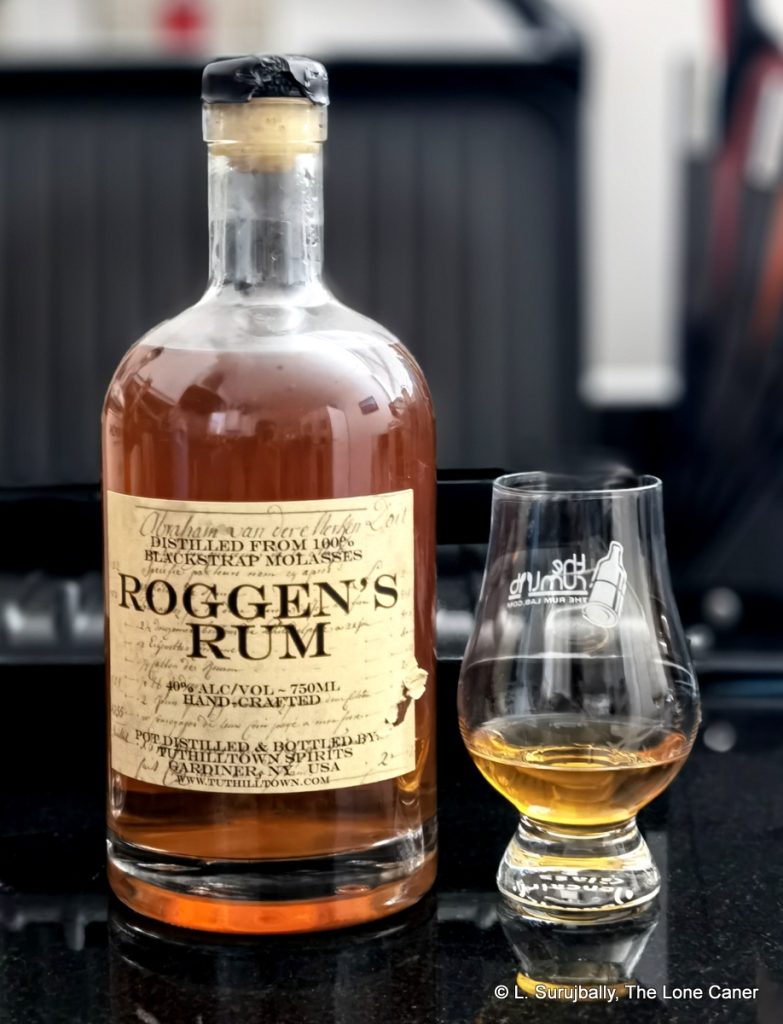
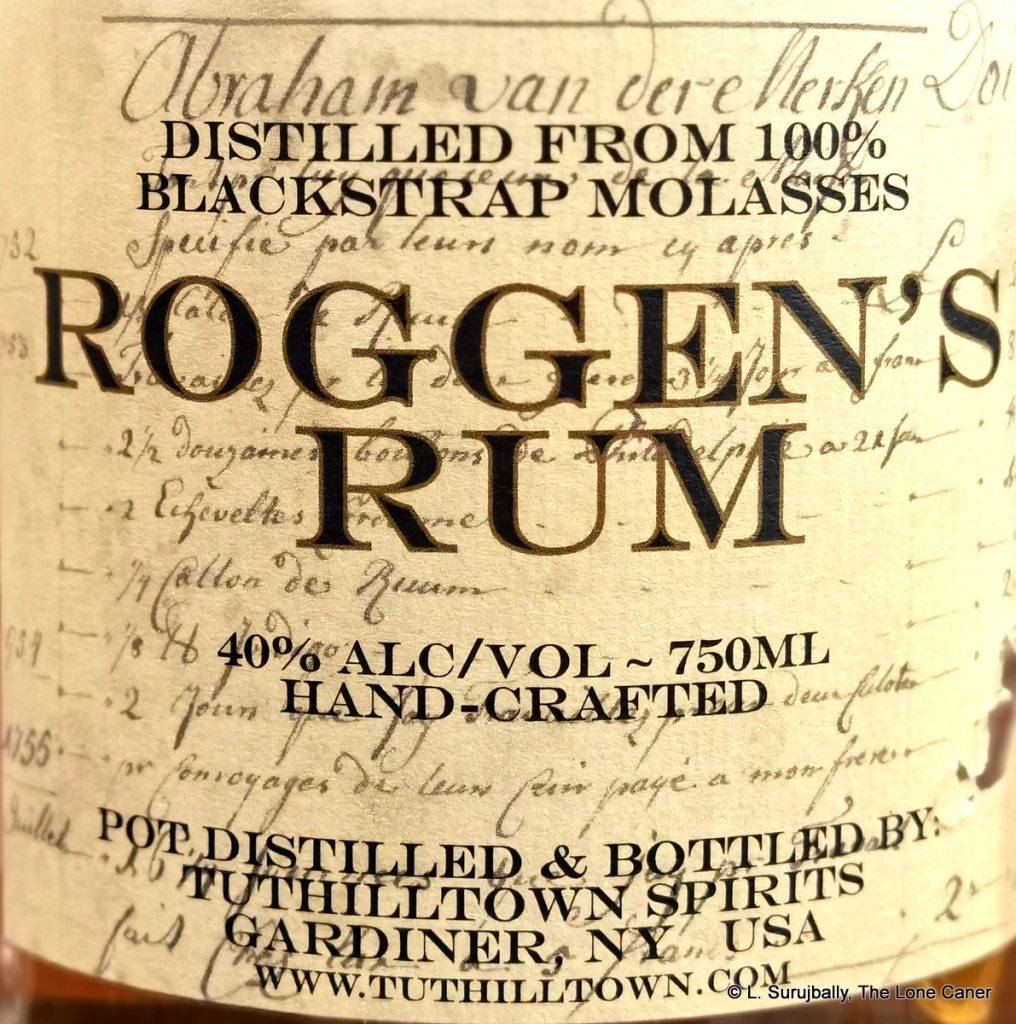
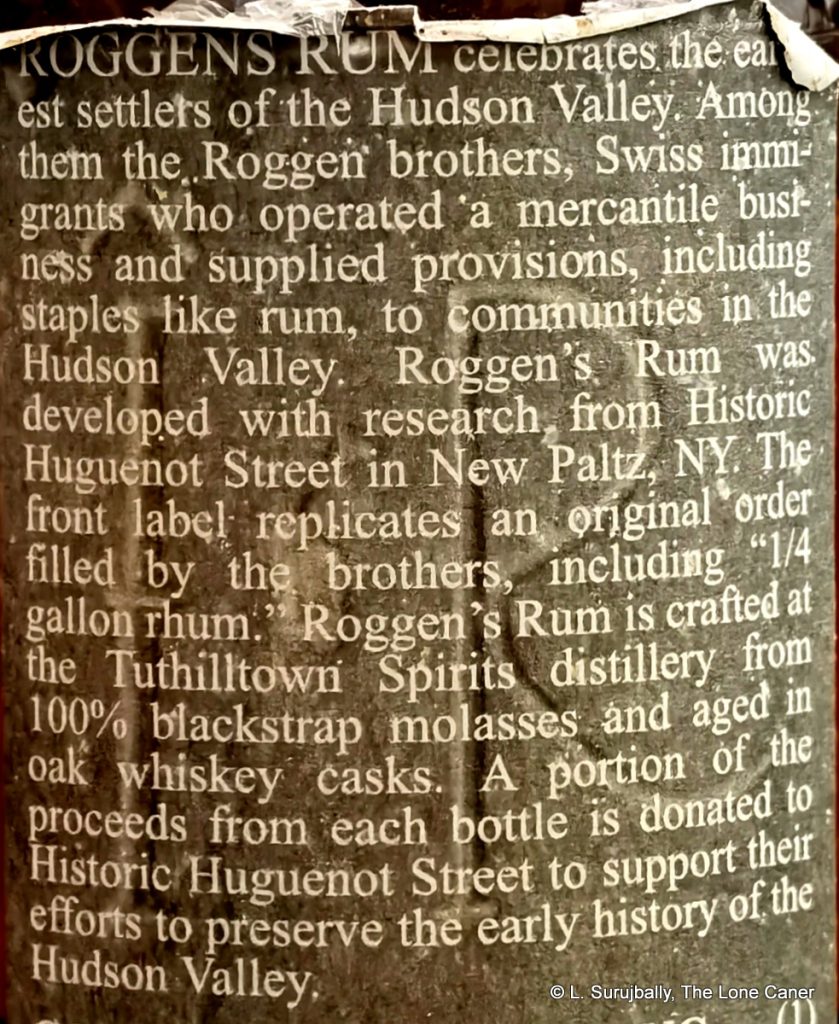
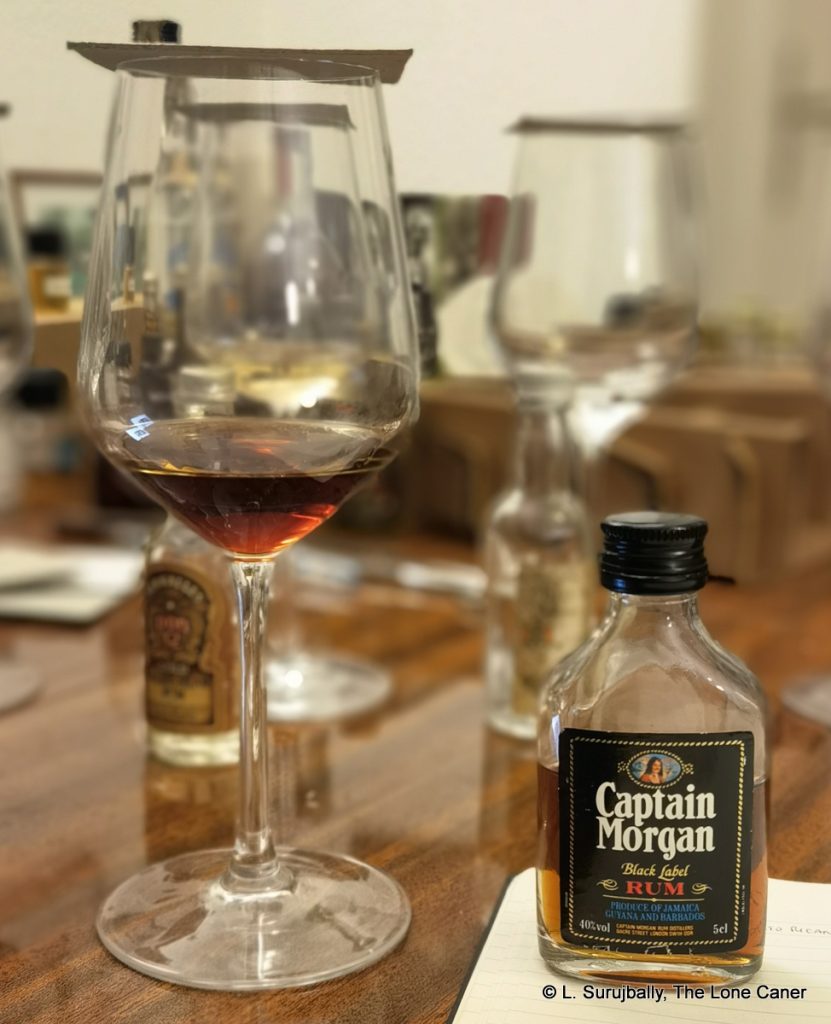

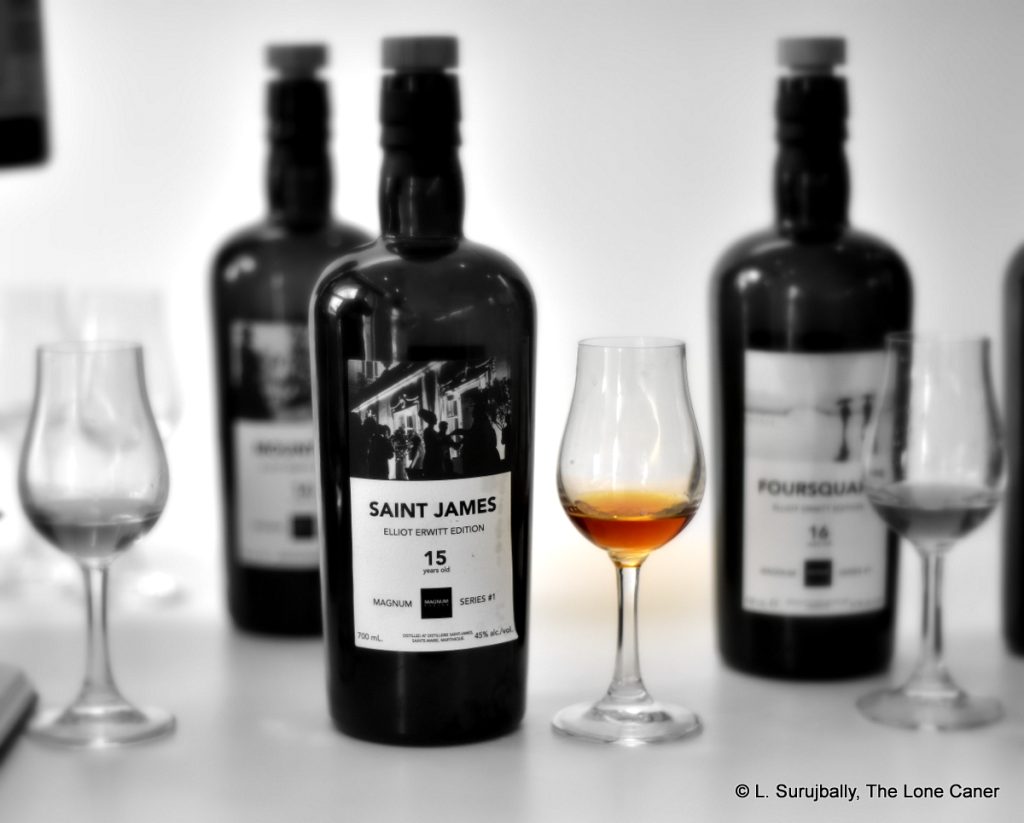
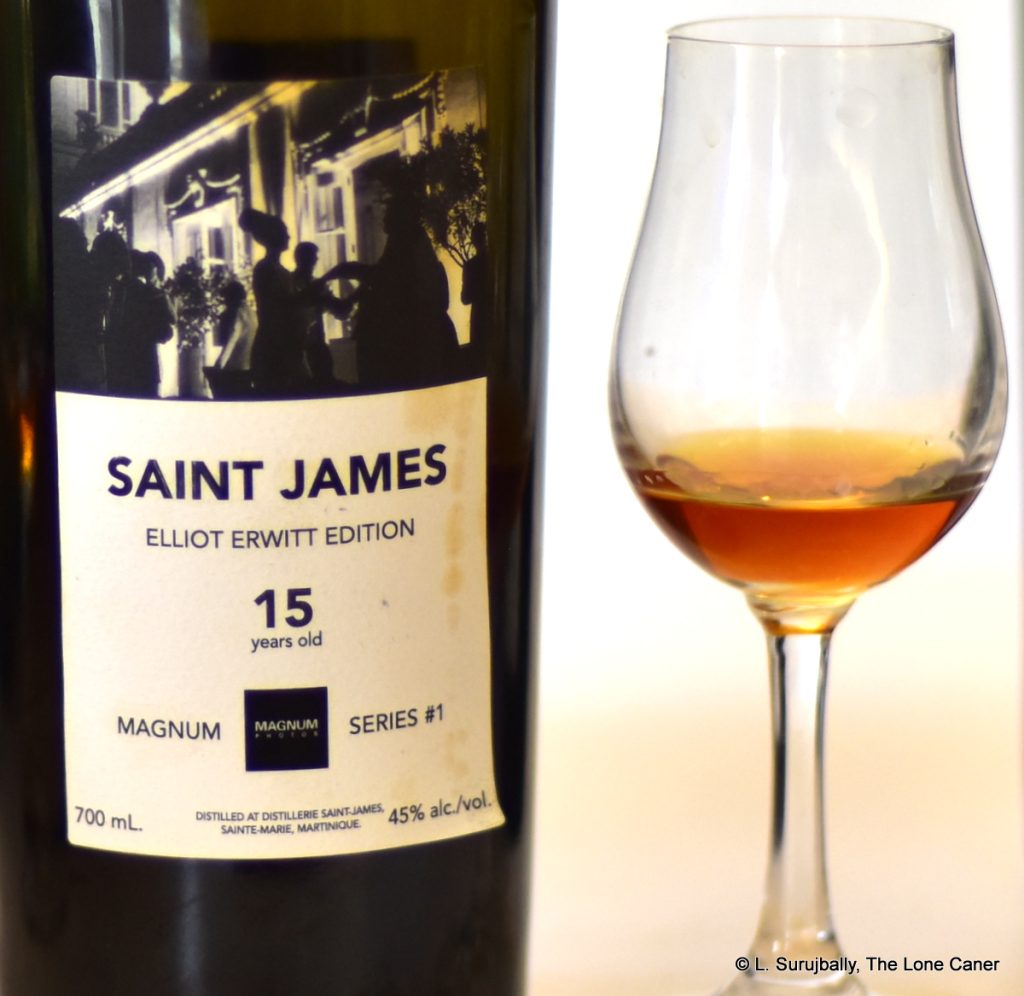
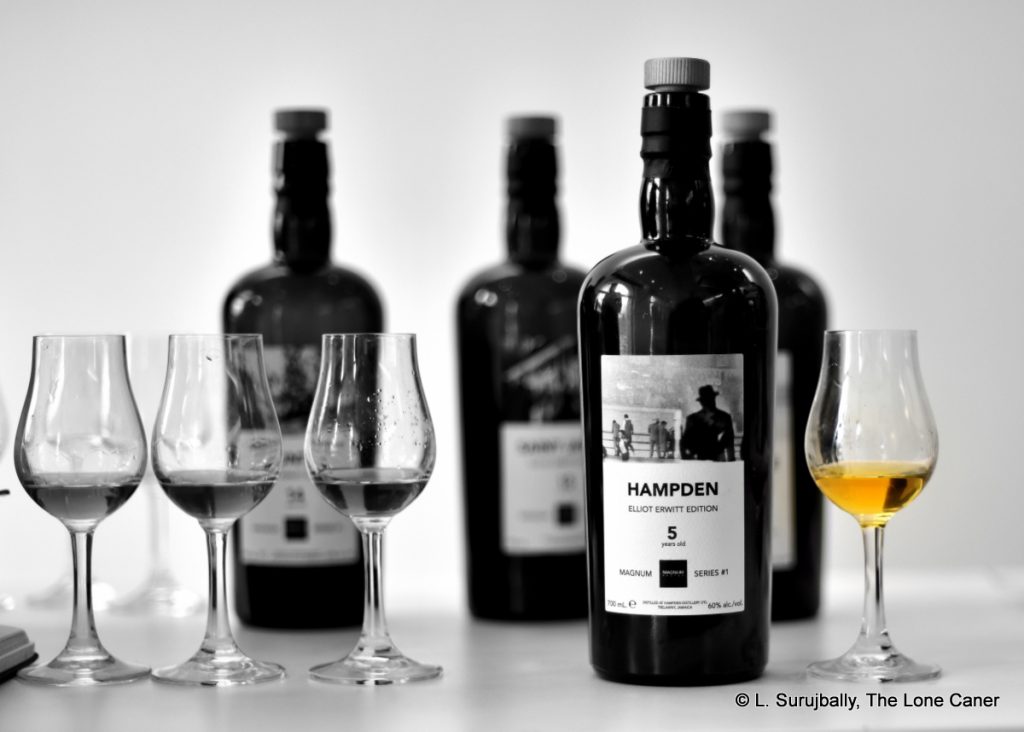
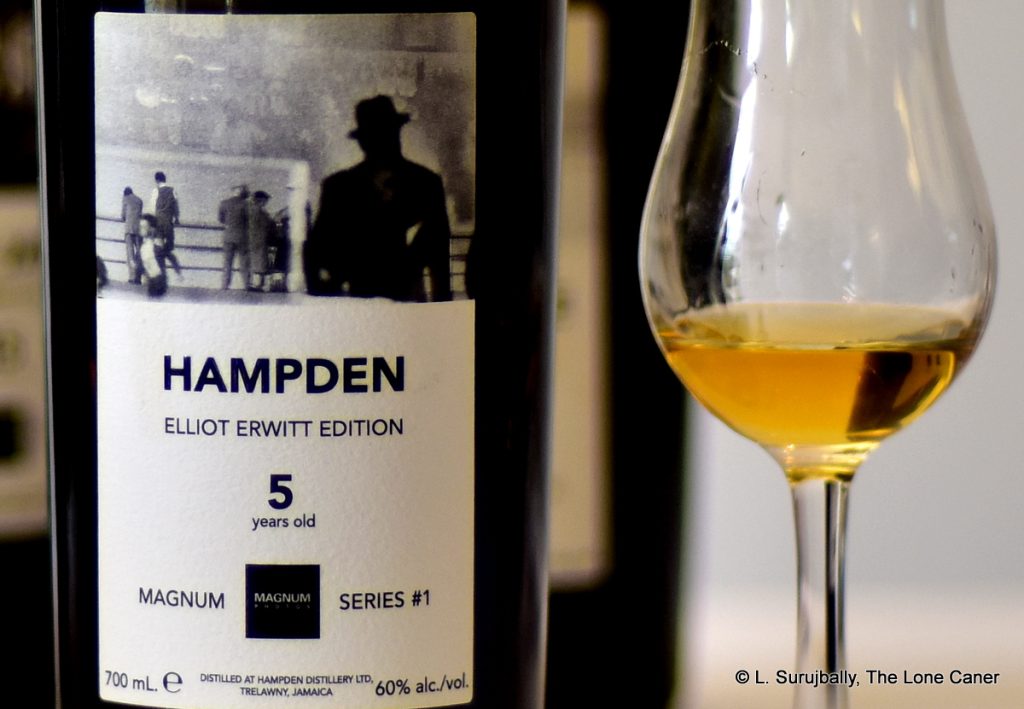
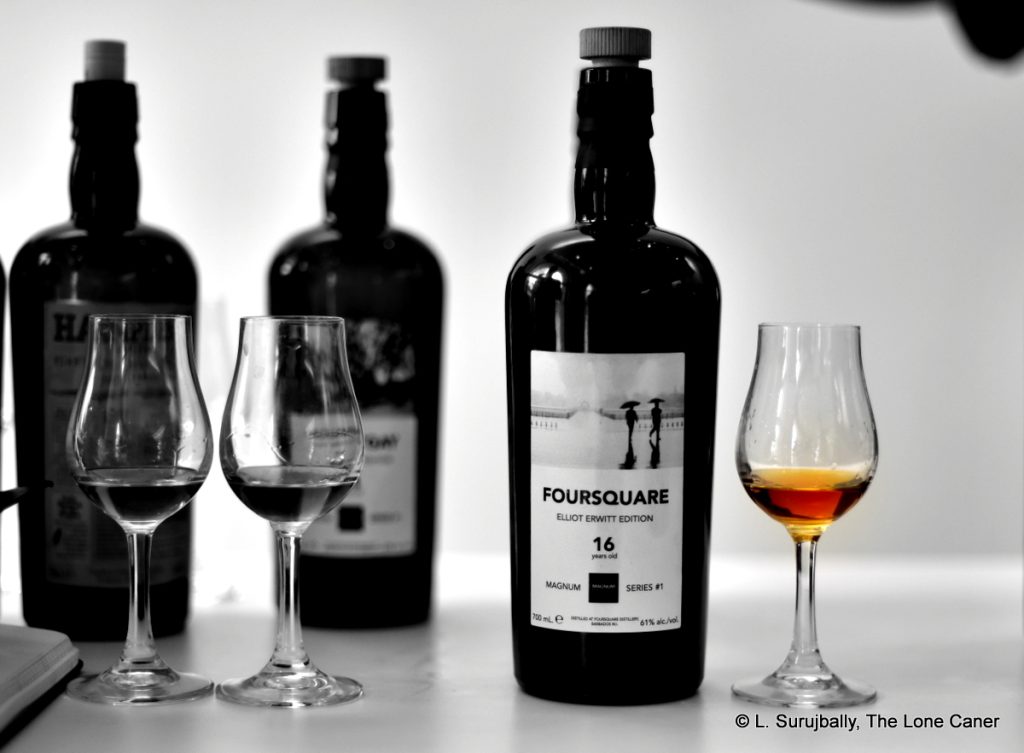
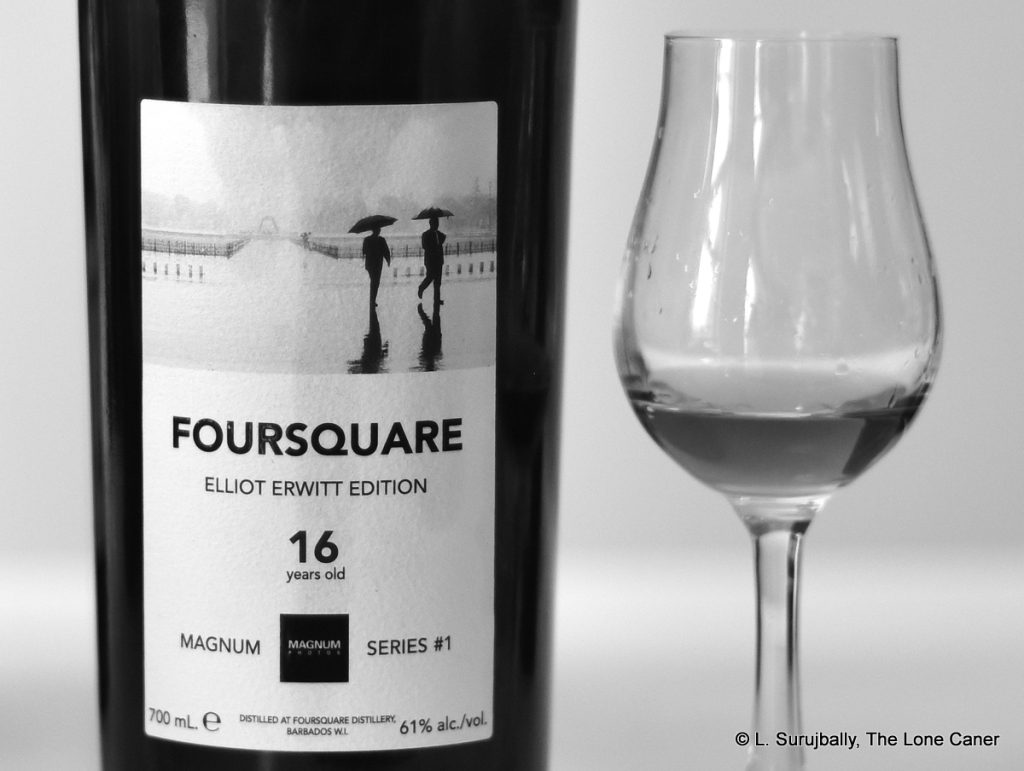
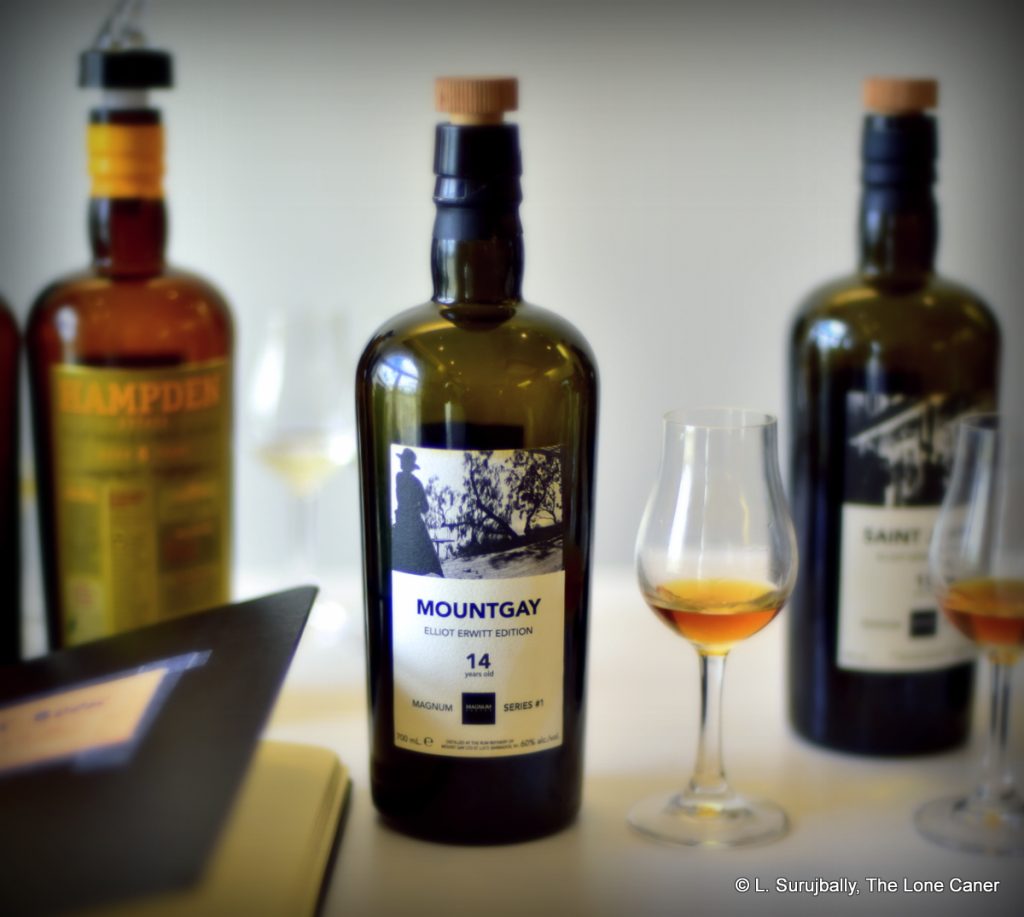
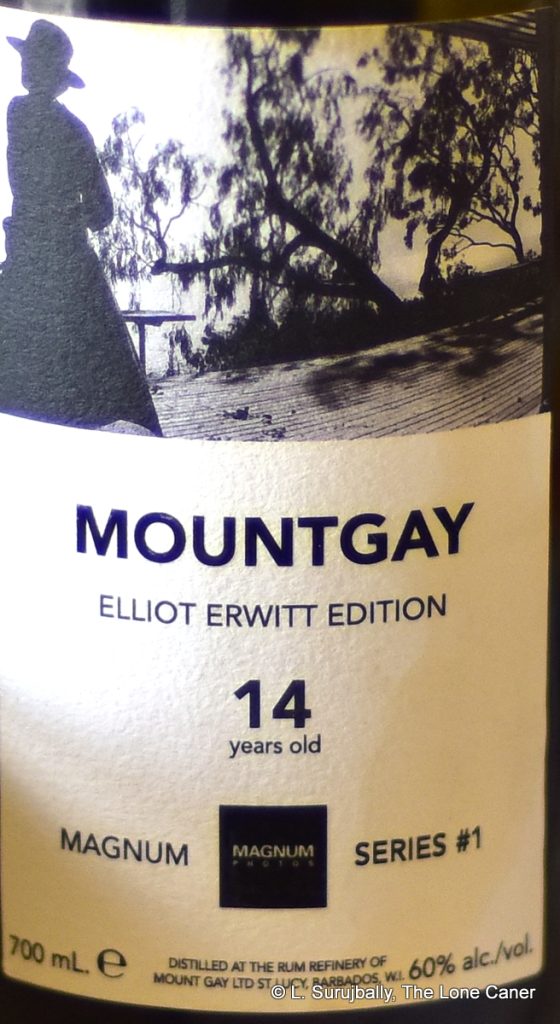
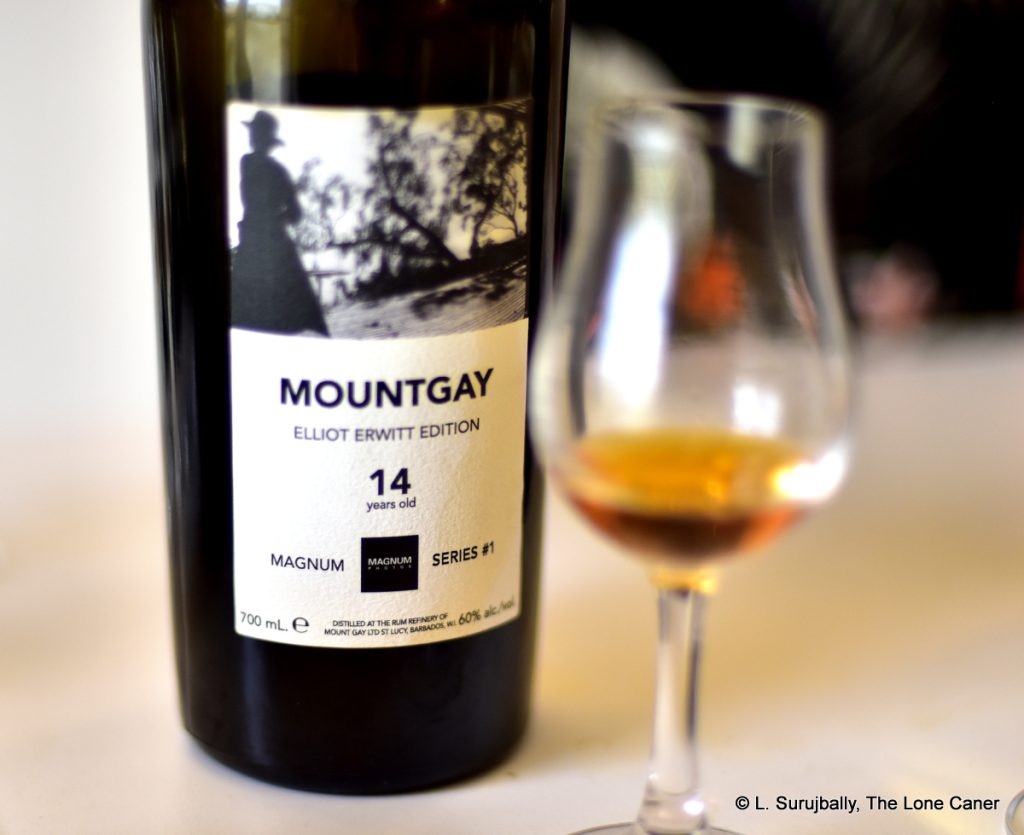


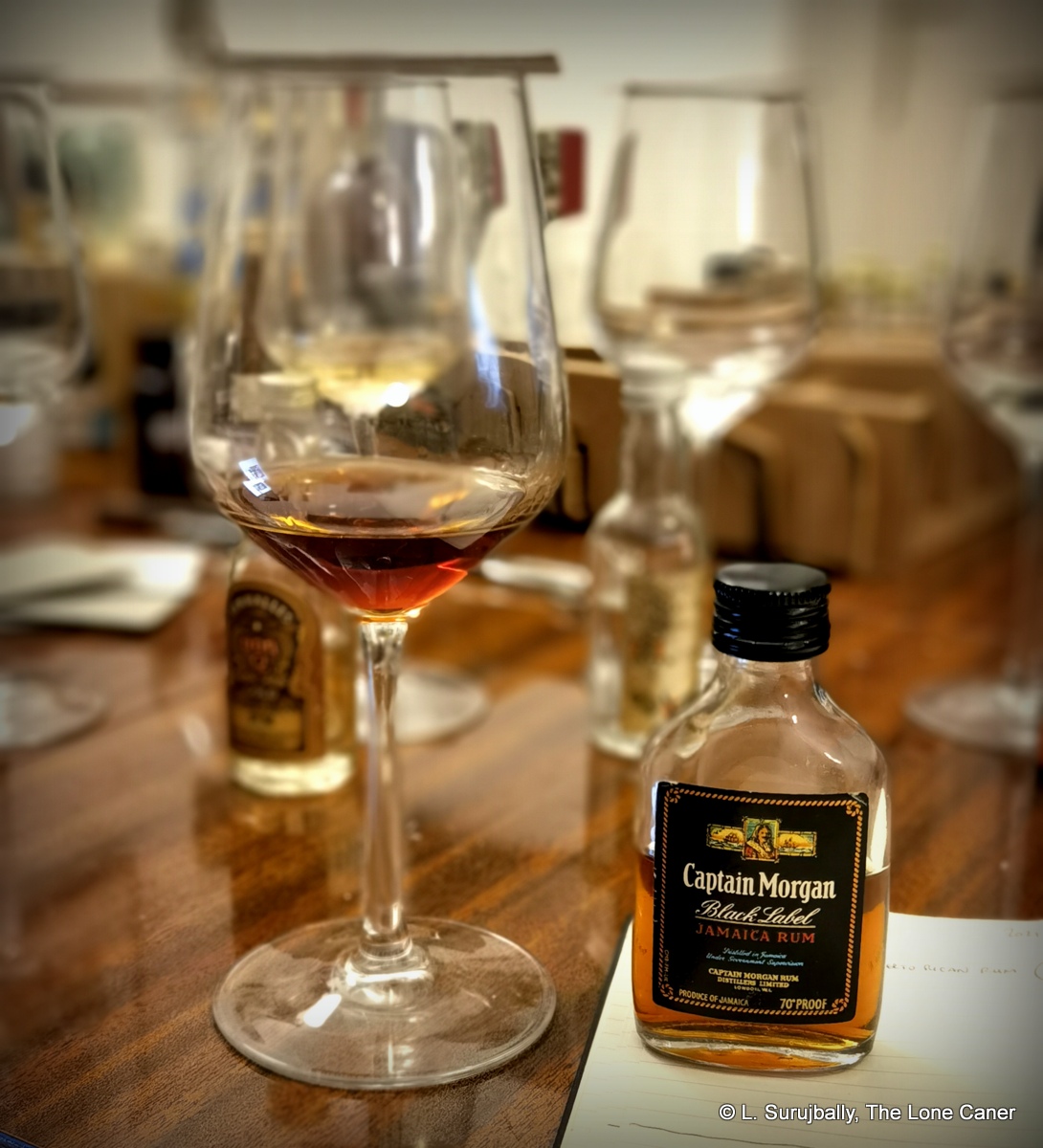
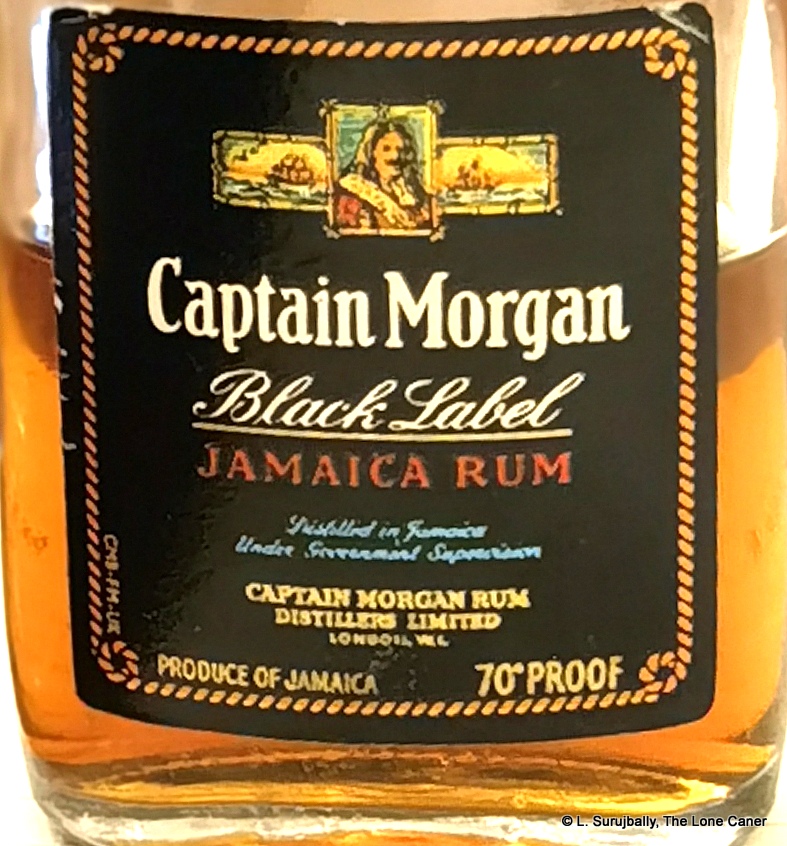
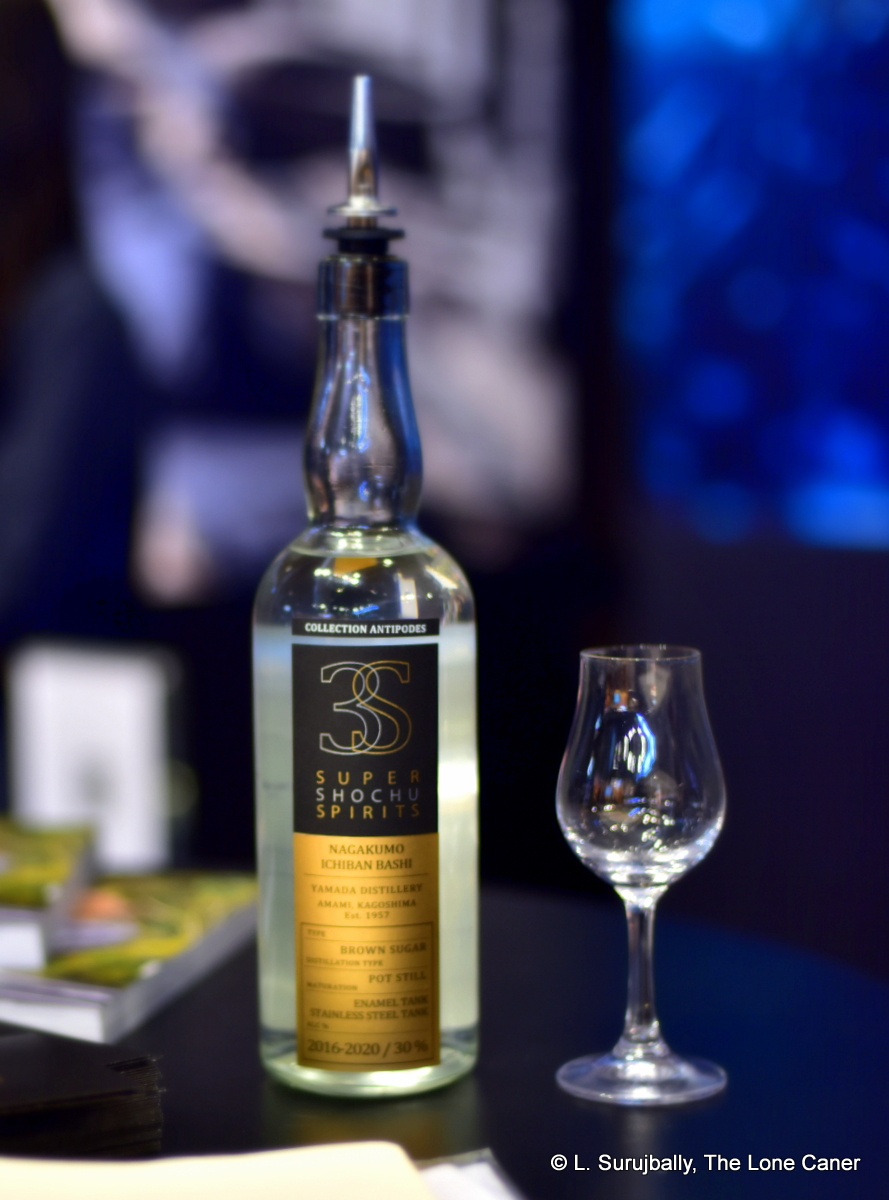
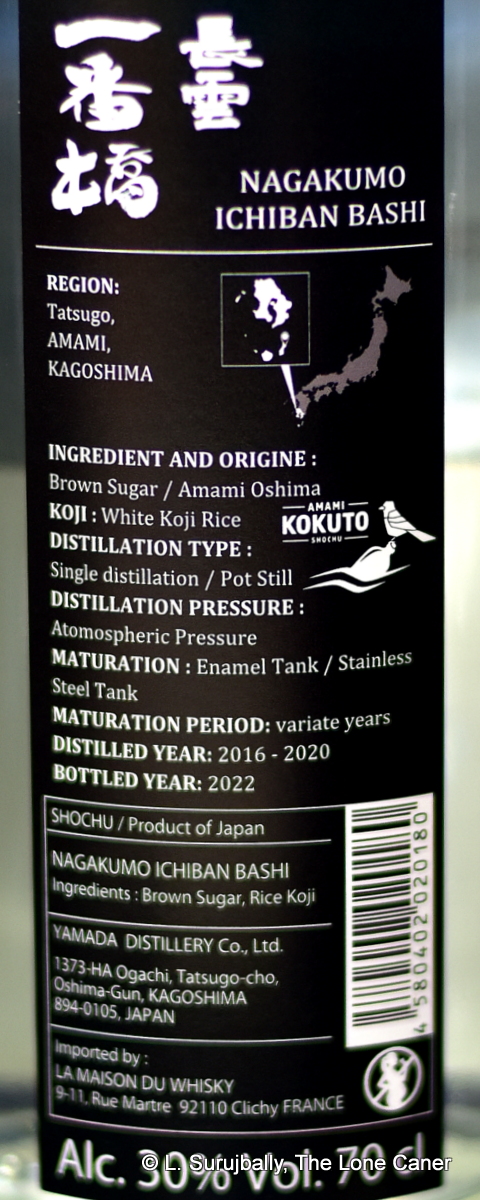
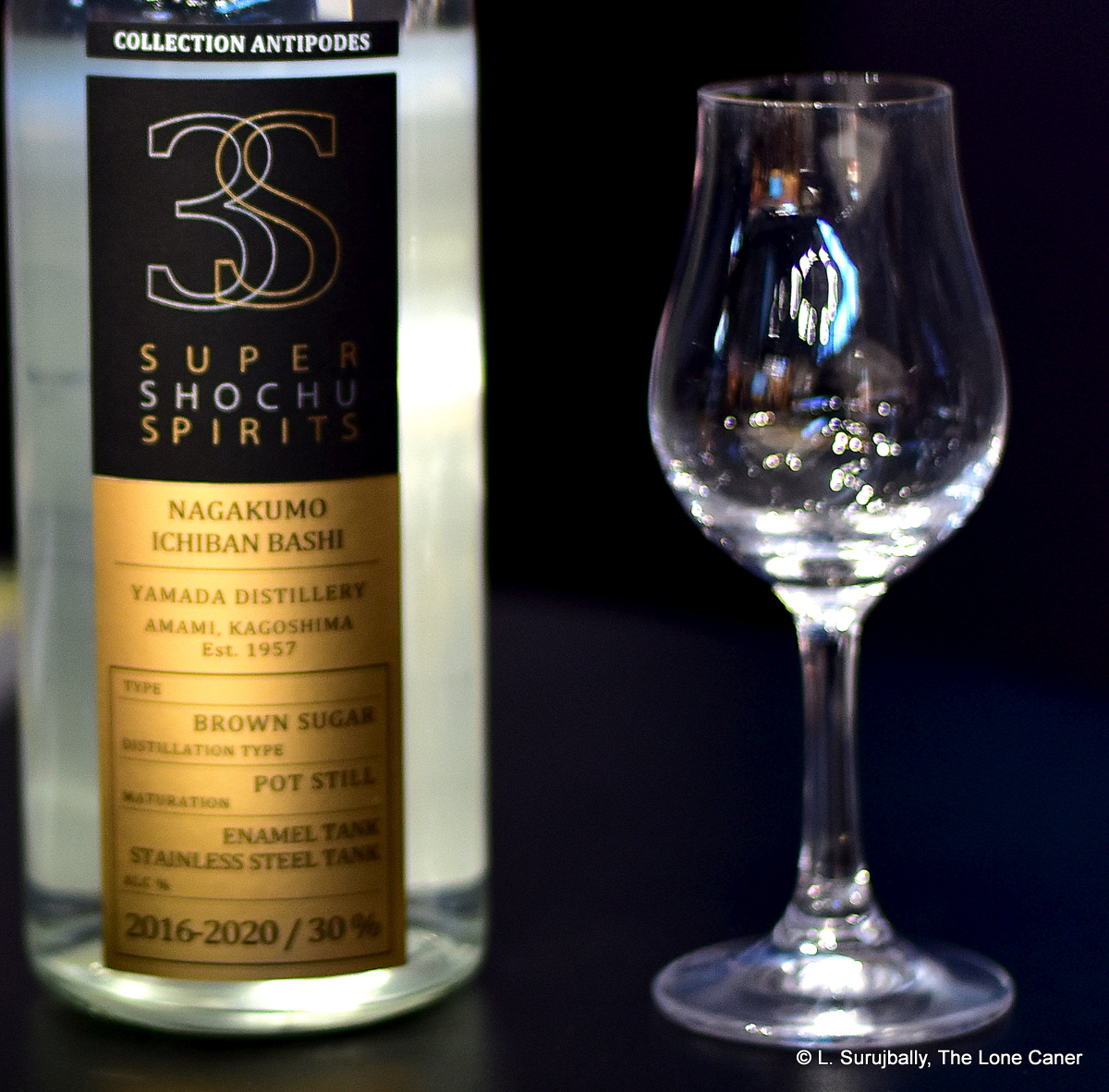
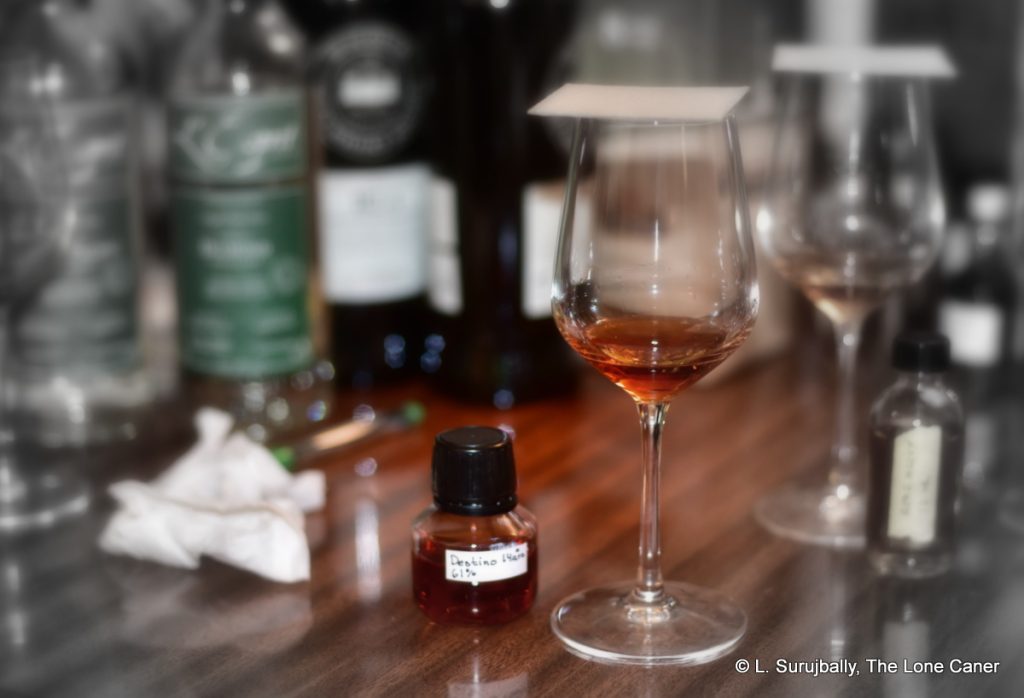
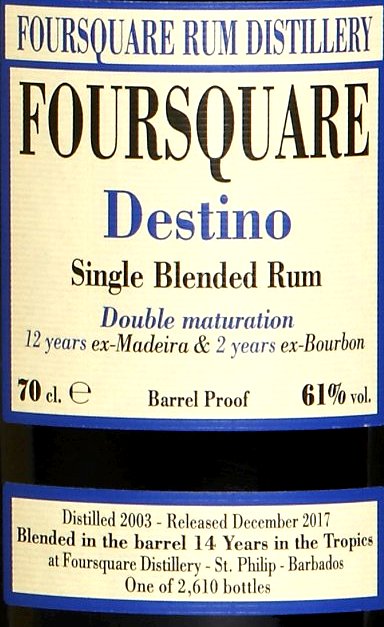
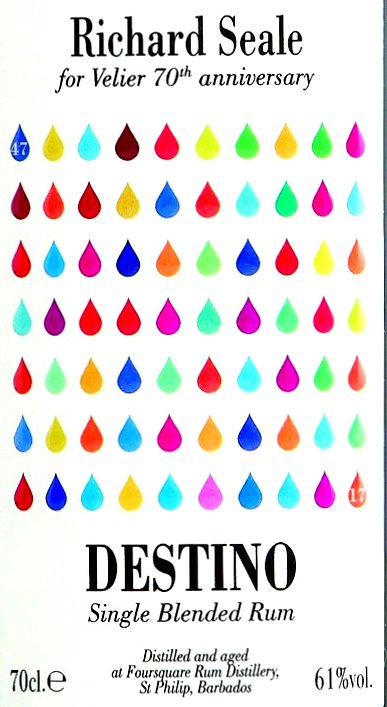
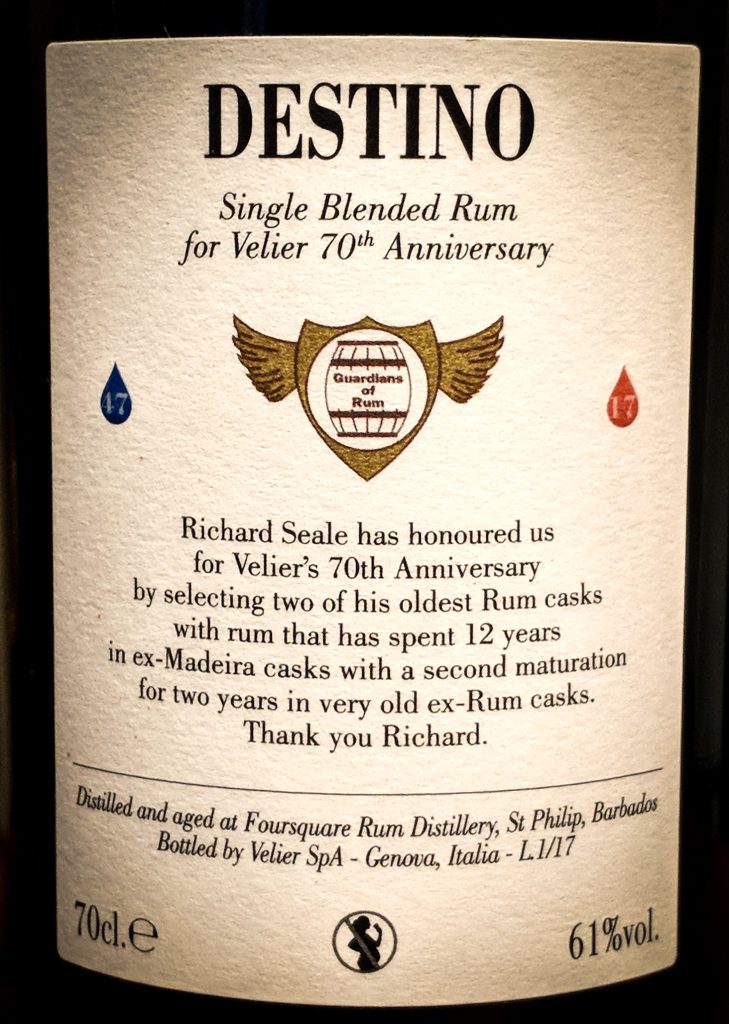
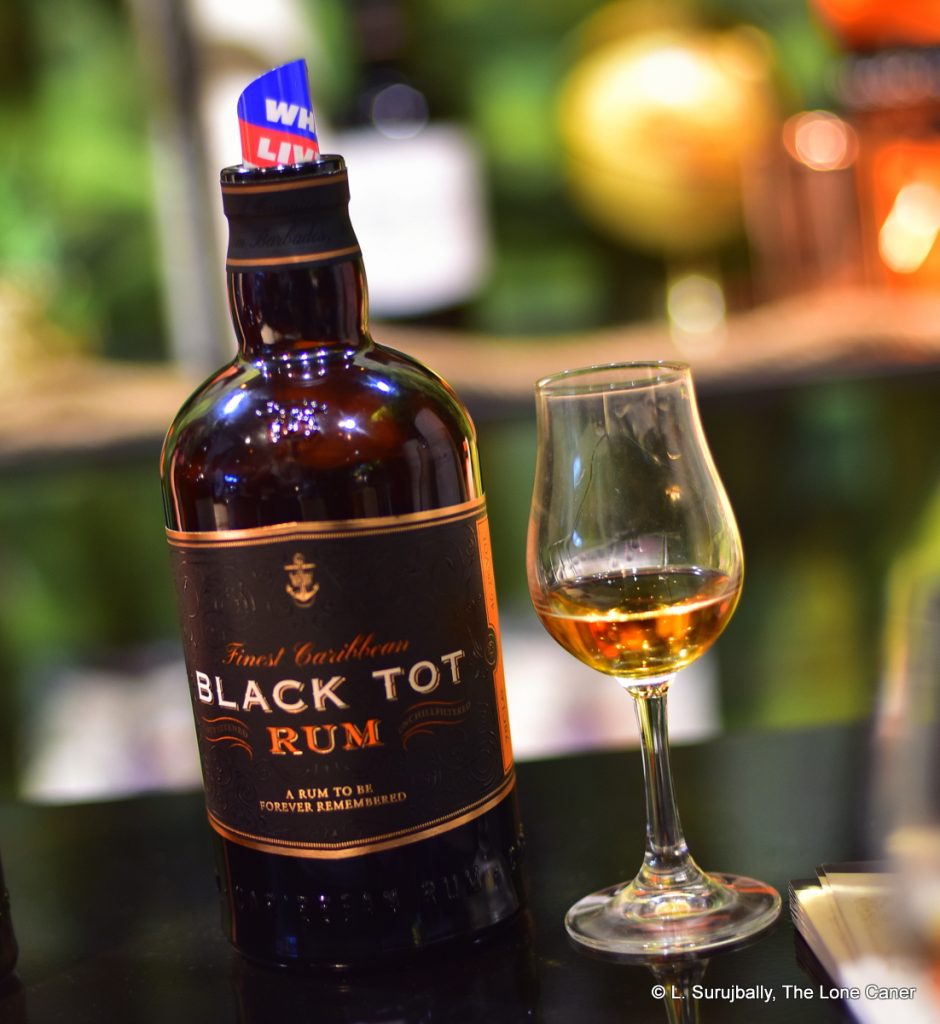
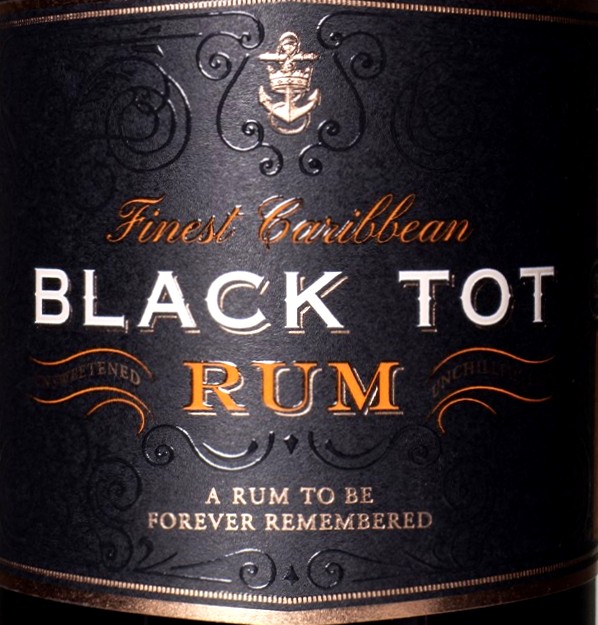

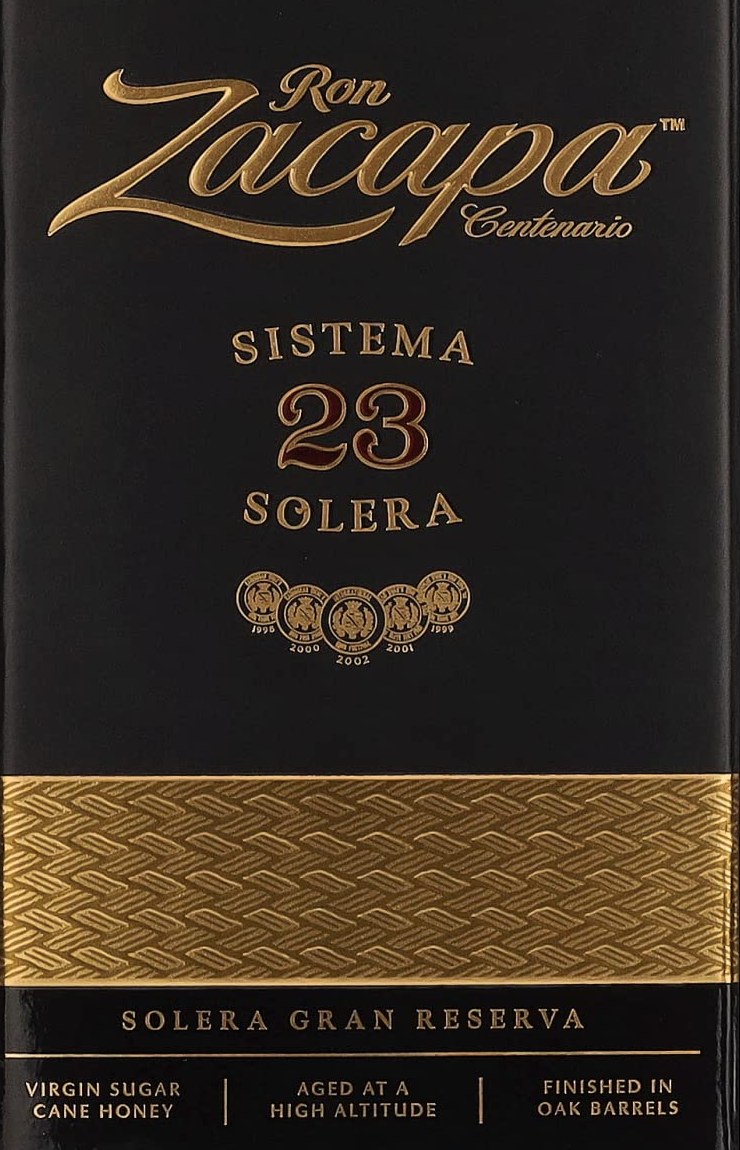
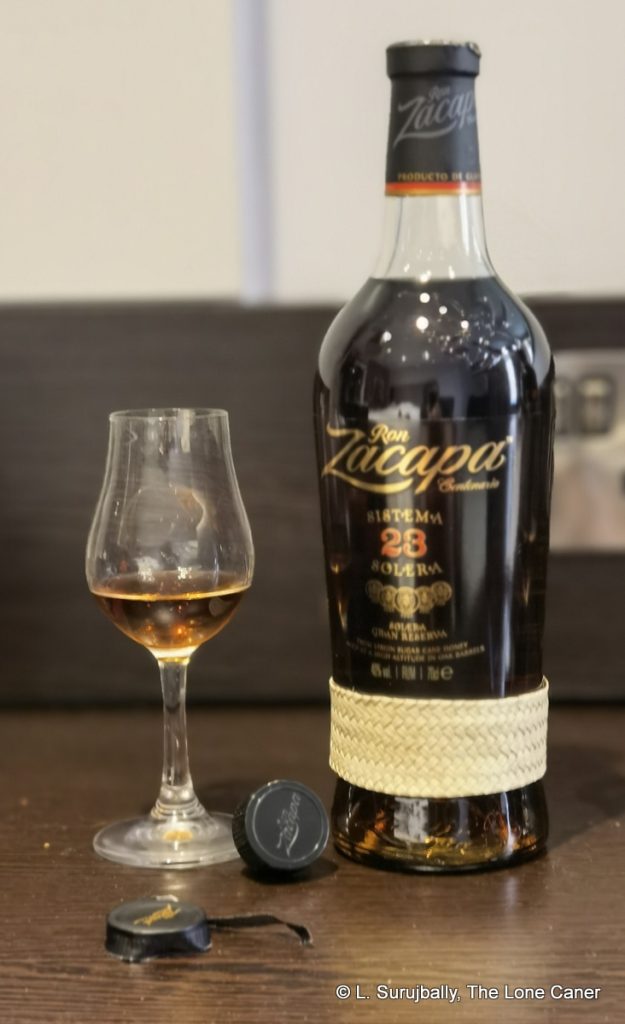
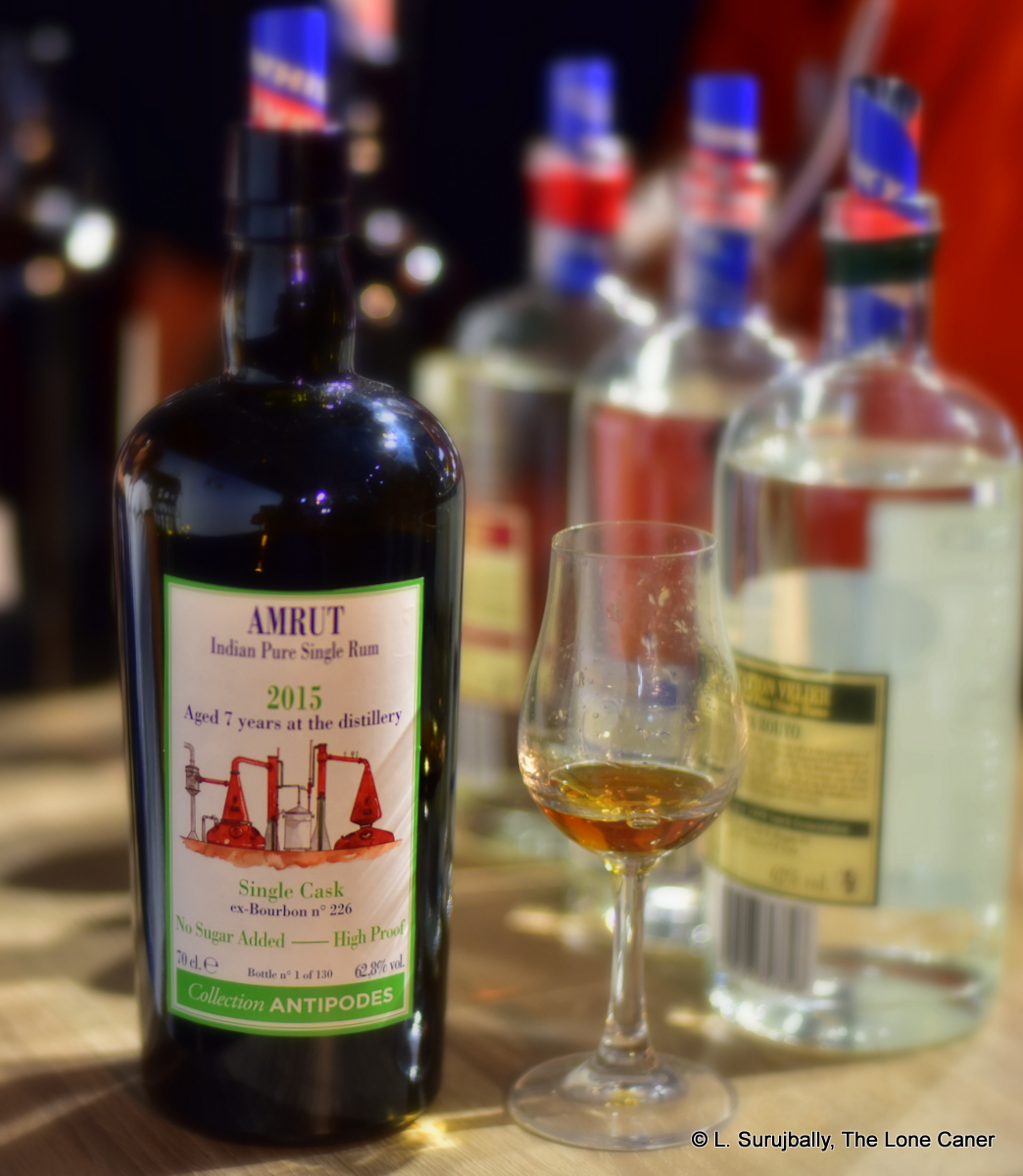
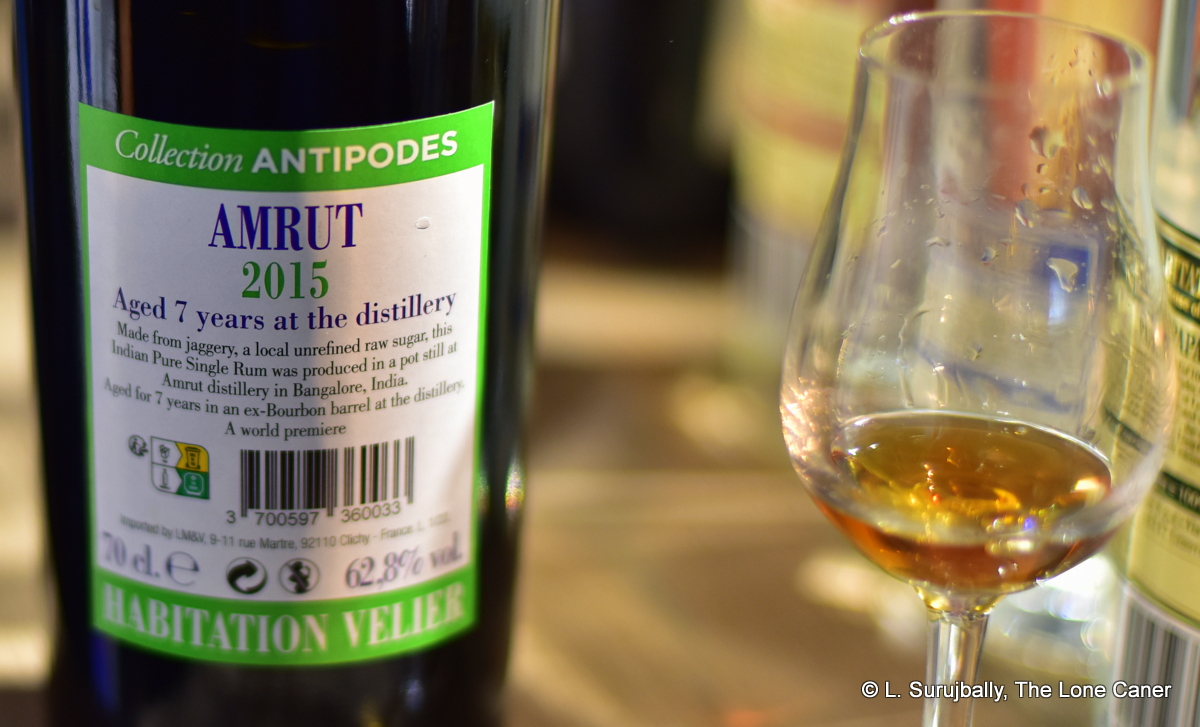
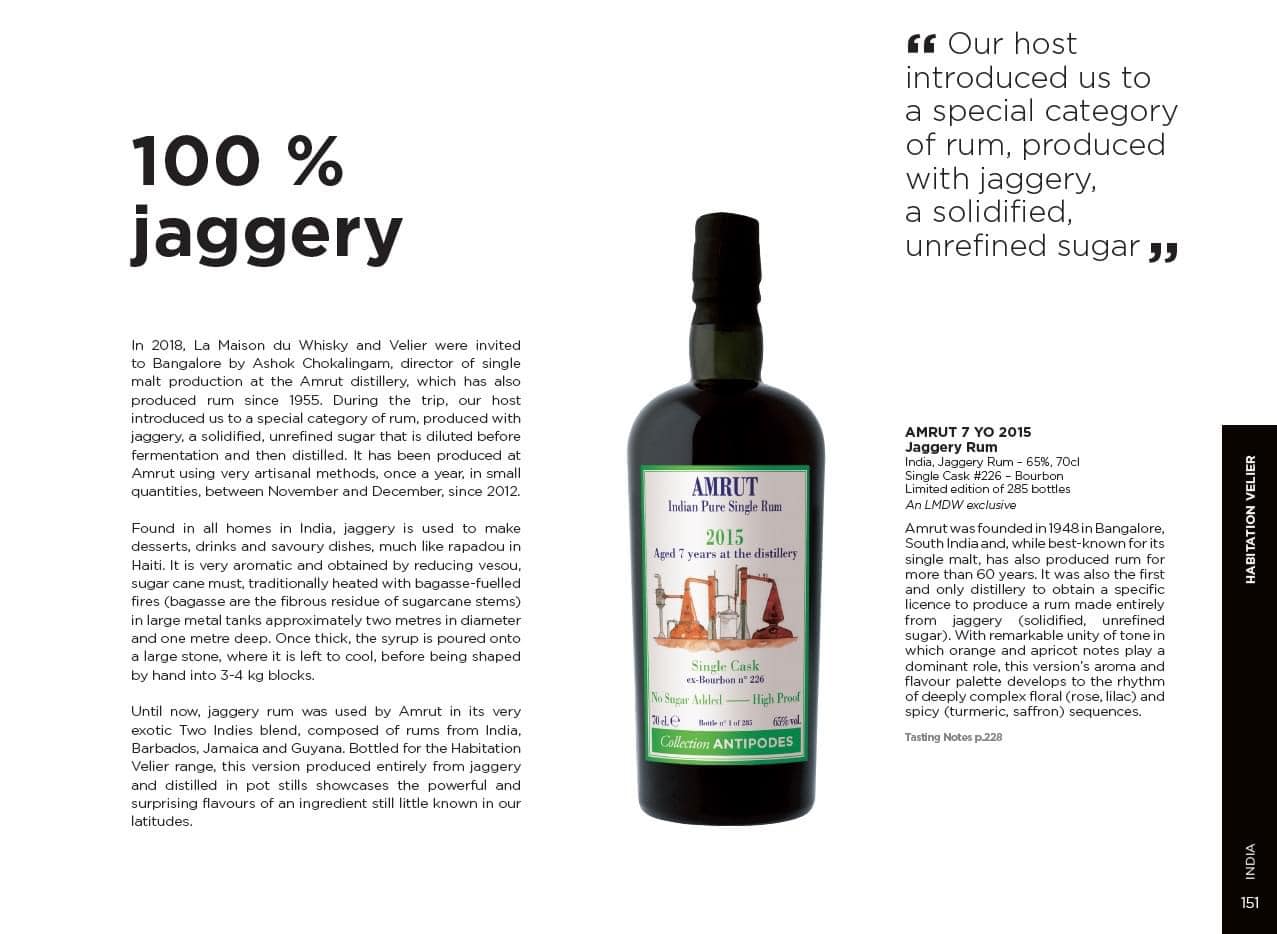
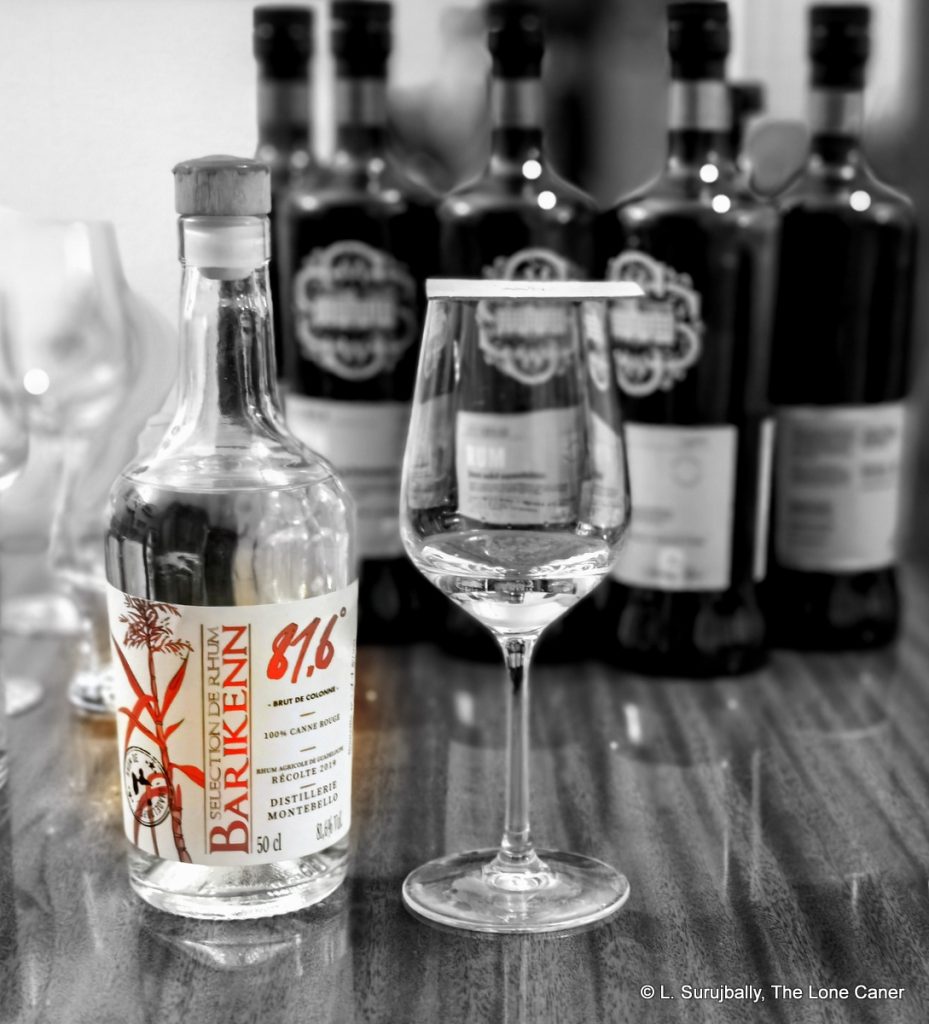
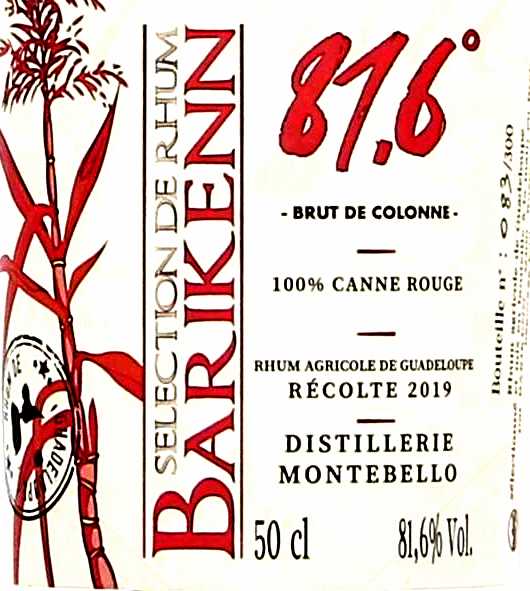
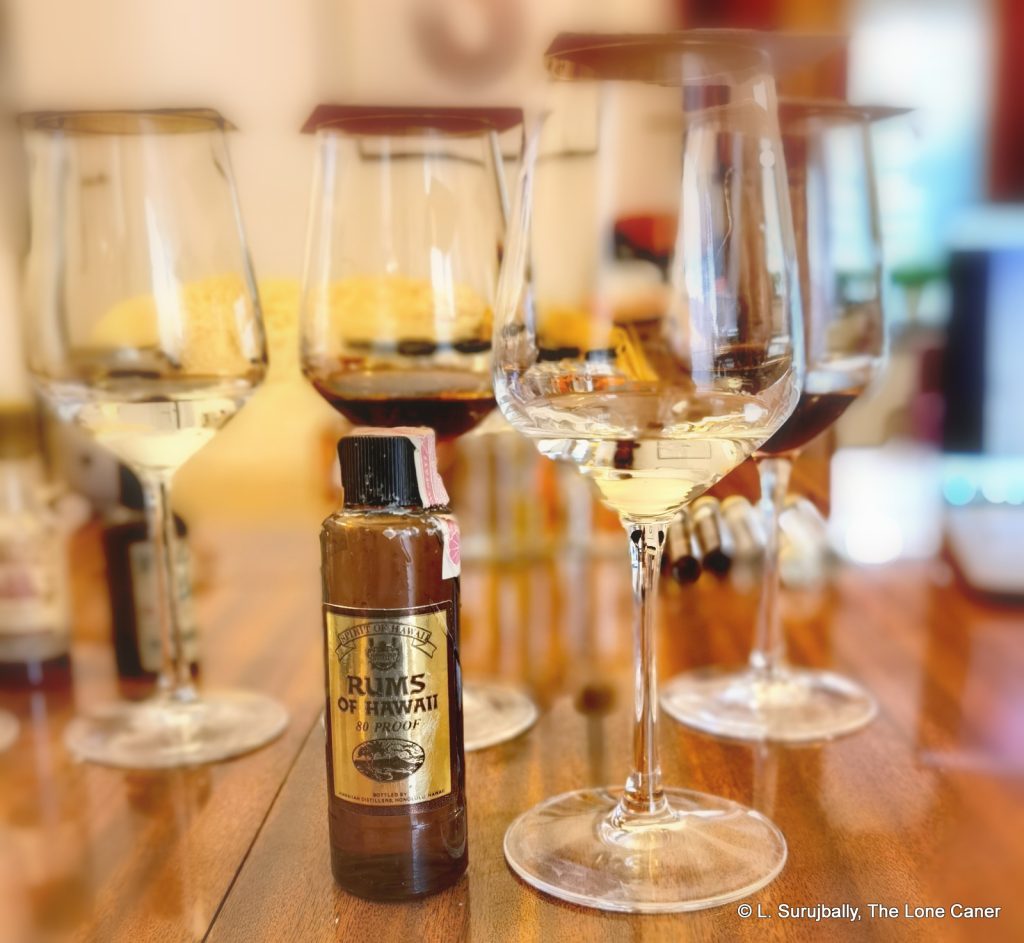
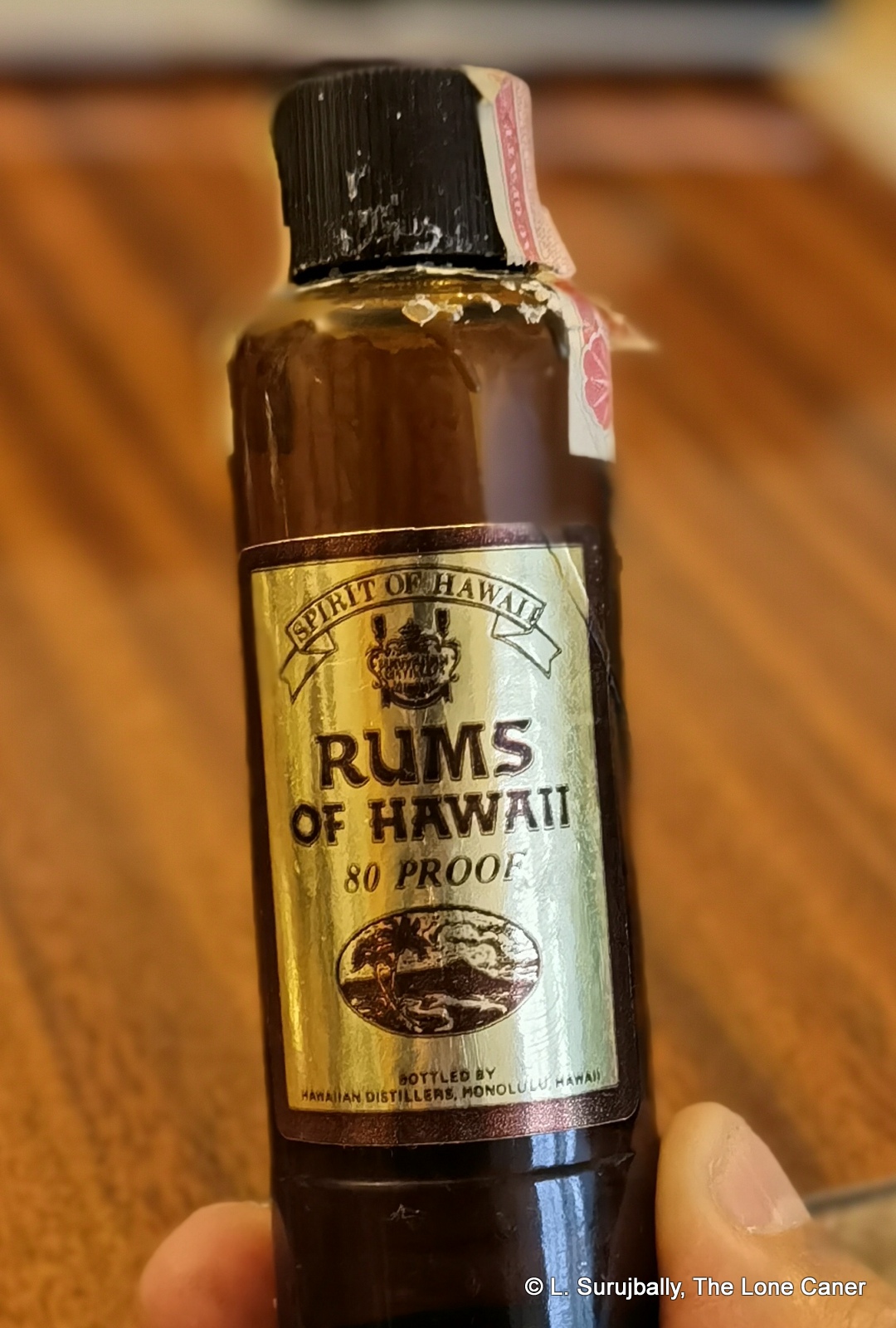
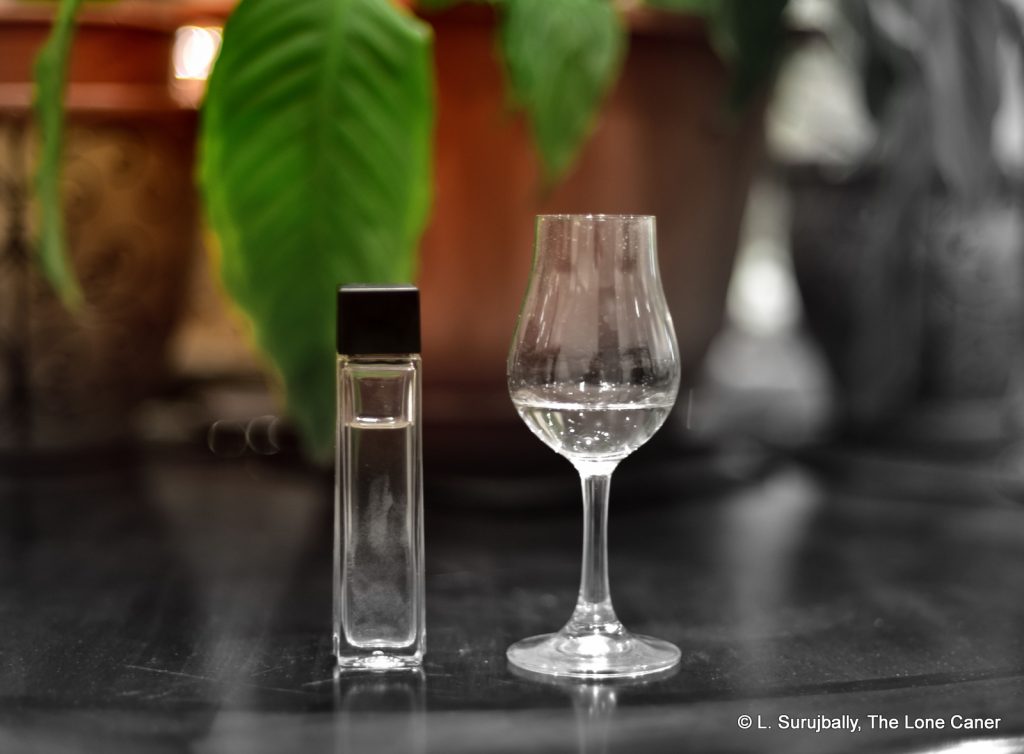
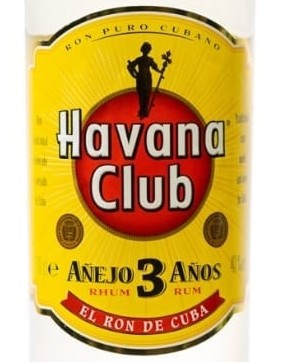
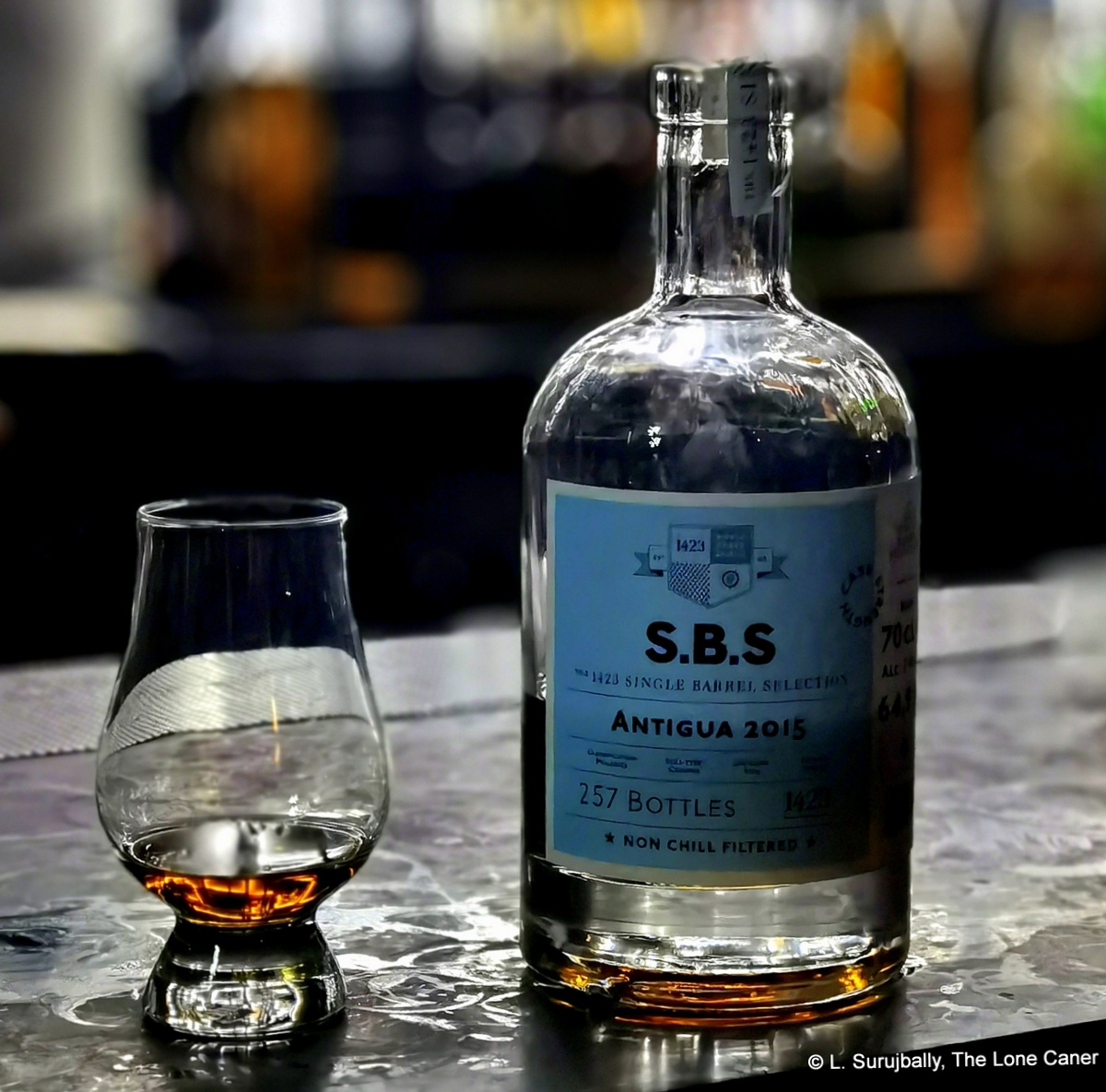
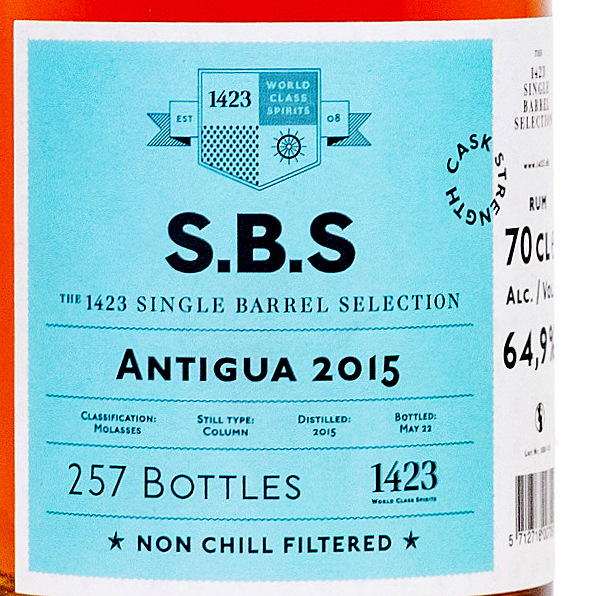

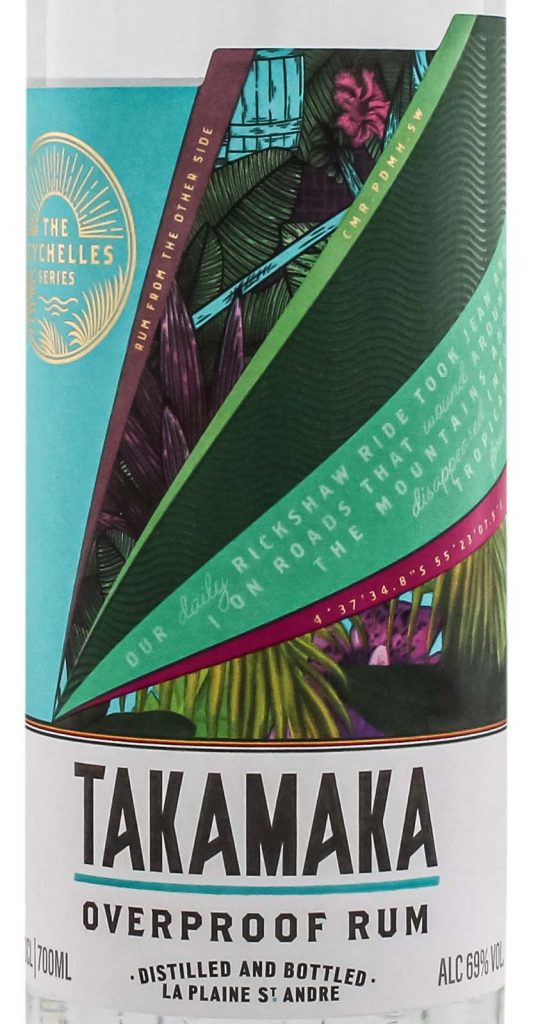 Now you would think that the producers of an overproof Wray-slaying-wannabe, which of course this aspires to be, would make every effort to ensure its product is packed with flavours of a fruit and candy shop and if it felt like being bellicose, pack itself with a nose the envy of a rutting troglodyte’s mouldy jockstrap. I stand here in front of you saying, with some surprise, that this just isn’t the case. The nose starts off okay, quite spicy, with notes of white chocolate, almonds, soy milk, creamy unsweetened yoghurt. Then it adds a bit of grass and cumin, a shaving of zest from a lime or two. A pear, maybe two, some papaya. But that’s about it. The rum is so peculiarly faint it’s like it would need to stand twice in the same place to make a shadow. This is an overproof? It’s more like slightly flavoured alcoholic water, and I say that with genuine regret.
Now you would think that the producers of an overproof Wray-slaying-wannabe, which of course this aspires to be, would make every effort to ensure its product is packed with flavours of a fruit and candy shop and if it felt like being bellicose, pack itself with a nose the envy of a rutting troglodyte’s mouldy jockstrap. I stand here in front of you saying, with some surprise, that this just isn’t the case. The nose starts off okay, quite spicy, with notes of white chocolate, almonds, soy milk, creamy unsweetened yoghurt. Then it adds a bit of grass and cumin, a shaving of zest from a lime or two. A pear, maybe two, some papaya. But that’s about it. The rum is so peculiarly faint it’s like it would need to stand twice in the same place to make a shadow. This is an overproof? It’s more like slightly flavoured alcoholic water, and I say that with genuine regret.